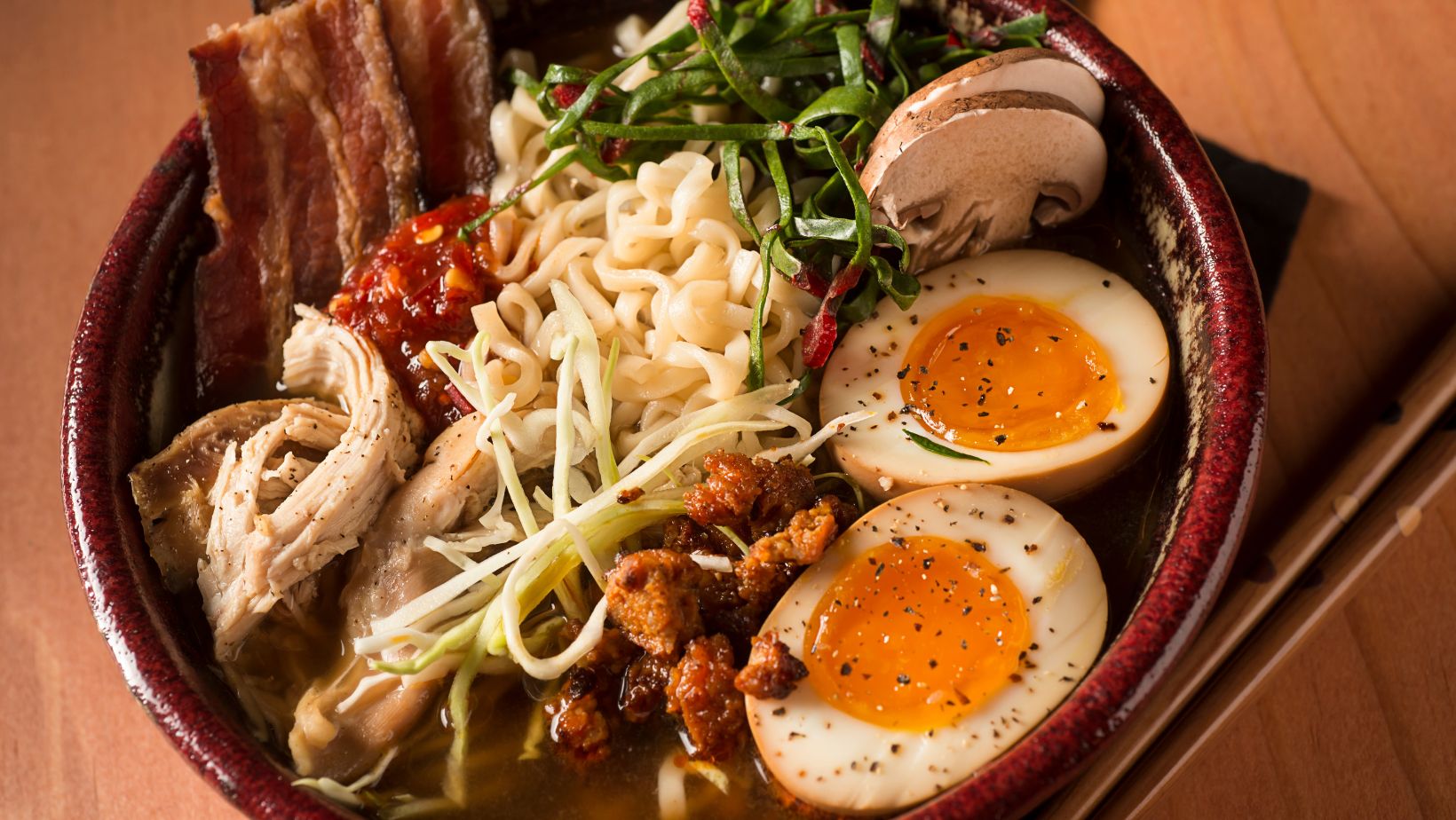Nourishing, hearty and full of flavor, ramen noodle soup is the classic comfort food enjoyed the world over. Originating in China, many historians believe the popular noodle dish was brought to Japan in the 19th century, where it gained popularity as a type of street food.
Ramen typically includes five main ingredients: noodles (men), broth (dashi) sauce (tare), ingredients (such as vegetables, eggs or meat) and oil or fat. These five components can be adapted in any number of ways to create uniquely delicious dishes, making it a perfect recipe to try at home.
Noodles
If you have time (and a pasta machine), you can even try making your own ramen noodles from scratch, although this can be quite labor intensive and time-consuming. For more consistent results, store-bought noodles can be used in a pinch, but noodles purchased from a dedicated ramen online store are likely to be of better quality.
All varieties of ramen (whether store-bought, restaurant or homemade) include salt, water, wheat flour and kansui, an alkaline mineral used to give ramen noodles their distinctive chewy texture and golden color.
Broth and Sauce
Soup stock or dashi is typically made from a combination of ingredients like konbu (edible kelp), meat and vegetables. Soups come in a variety of colors and flavors, including clear soups (chintan) or cloudy “white soup” broths.
A concentrated meat, fish or vegetable extract (tare) is used to add depth and flavor to the soup by way of umami, the salty-sweet taste found in many Japanese dishes. The names of ramen dishes often include the kind of tare used, for example shoyu ramen (soy sauce).
Ingredients
While there is no definitive list of ingredients, there are a few items frequently used to add texture and flavor to ramen. For vegetables, bean sprouts, spinach, mushrooms and corn are all popular choices. For protein, eggs, cubed or ground meat can be used.
For a plant-based option, you can also add firm or silken tofu. Other additions include menma (lacto-fermented bamboo) wontons (which can also be used as toppings), and for seasoning, herbs like mitsuba (a Japanese herb similar to parsley), miso or soy sauce.
Toppings, Oils and Fats
Oils and fats are used on top as a kind of seal to add flavor and prevent the soup from cooling too quickly. Different types of oils include animal and vegetable fats or seasoning oils such as peanut, sesame or chili oil.
As a finishing touch, toppings like seaweed, ajitsuke tamago (marinated egg) or green onions can be used to dress the ramen and for additional texture, although it is recommended to add these sparingly, so as not to distract from the taste of the broth.
Ramen Alternatives
Besides the traditional soup dish, ramen can also be served without soup (mazemen), as dipping ramen (where the noodles are served separately from the sauce) or as hiyashi chuka, cold noodles mixed with salad and a dressing.
Besides mixing and matching ingredients to make your own ramen dish, there are also several dishes traditionally made across varying regions of Japan such as miso ramen from Akayu, Yamagata Prefecture, or sapporo ramen, made in Hokkaido.
Cooking Tips
While soup can be simmered, leave the noodles until last and cook in fresh boiling water before adding to the broth and stirring so that they separate. As the noodles cook, portion out the broth into bowls before draining.
Finally, add the noodles and toppings. To eat these, use chopsticks and a soup spoon (or renge), combining these with a little of the broth. Once you’re done, drink the remaining broth straight from the bowl.
*



